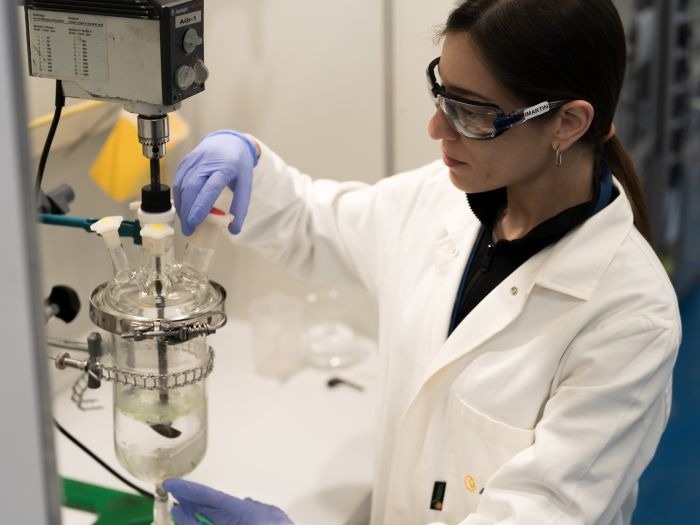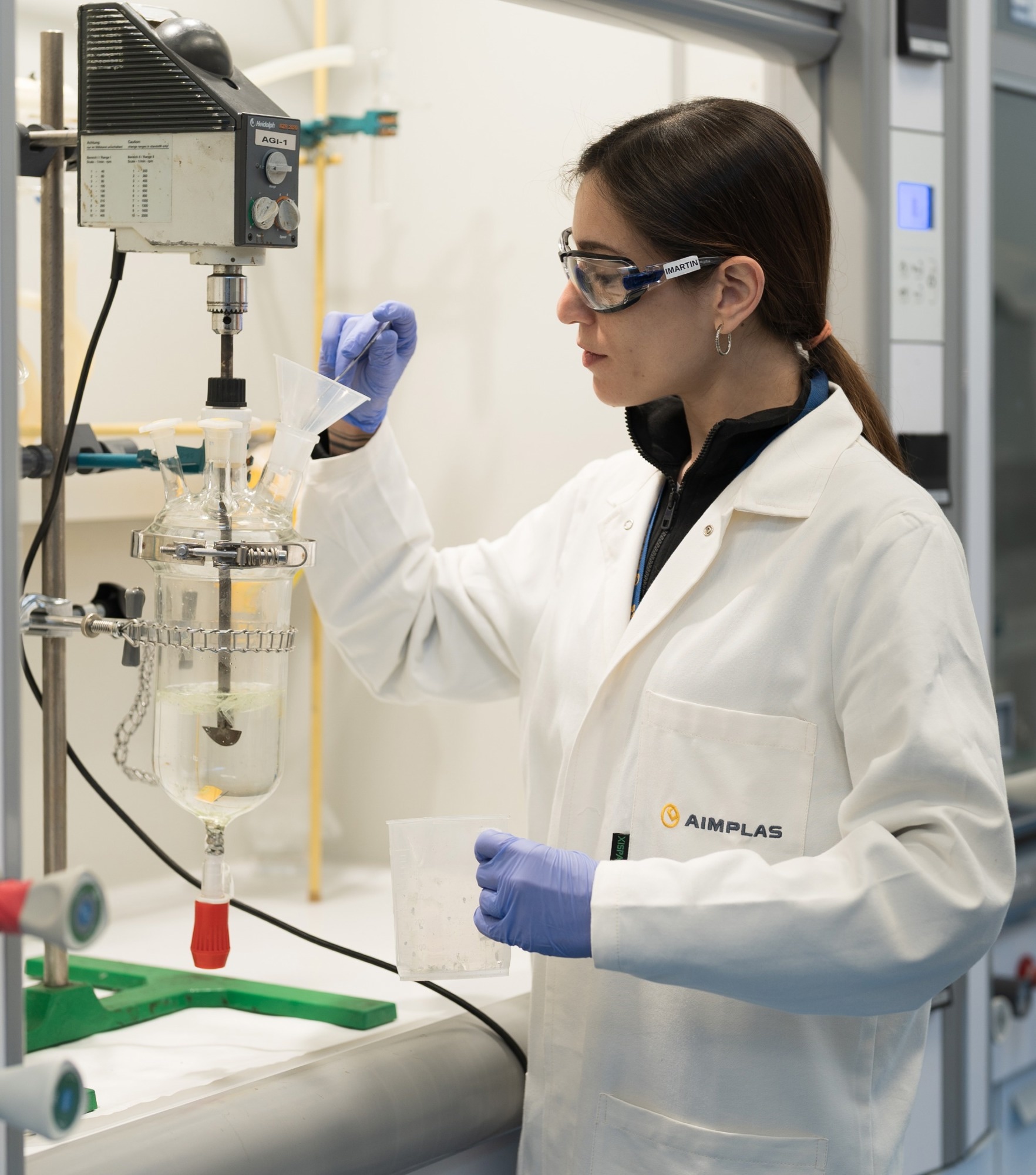The RECIPLUS project applies innovative technologies such as physicochemical delamination, a combination of mechanical separation techniques, and enzymatic recycling.
Multilayer plastic materials—commonly used in food or chemical packaging and in the pharmaceutical, automotive, electronics, and construction sectors—pose a significant end-of-life challenge due to their difficulty to recycle.

Image Credit: AIMPLAS
Multilayer plastic materials present a major challenge at the end of their life cycle due to the complexity of separating and processing their different components. This difficulty leads to lower recycling efficiency and increases the amount of waste ending up in landfills or incinerators. AIMPLAS, the Plastics Technology Centre, is addressing this issue through innovative technologies such as physicochemical delamination, a combination of mechanical separation techniques, and enzymatic recycling. These approaches have enabled the efficient and sustainable recycling of multilayer waste, allowing it to be reintroduced into the value chain or used to produce new recycled plastic products.
This work has been carried out within the framework of the RECIPLUS research project, funded by the Valencian Institute for Competitiveness and Innovation (IVACE+i) through ERDF funds.
Mireia Fernández, lead researcher in Chemical Recycling at AIMPLAS, explained: “Multilayer materials are complex plastics commonly found in various industrial sectors such as food or chemical packaging, the pharmaceutical industry, automotive, electronics, and construction. In the RECIPLUS project, we have explored different strategies to address the recycling of multilayer structures using innovative technologies such as physicochemical delamination with supercritical fluids.”
To separate and purify the different components of the multilayer structure, “we used chemical solvents under supercritical fluid pressure and temperature conditions, which allows us to reduce processing time and solvent usage. The environmental impact is lower, and the separated components have higher purity,” the researcher emphasized.
As part of this research, AIMPLAS also optimized existing separation technologies to increase efficiency based on the material mix obtained after delamination. This included various methods such as NIR (near-infrared) separation, air-flow density separation, and triboelectric separation.
“Once the different components of the multilayer material—PE, PET, and aluminum—are separated, they can be reintroduced into the value chain as recycled film, for example, thus closing the loop. Alternatively, they can be used separately in the production of plastic items. With the recycled polyethylene, and after an additive process to modify its properties, we have manufactured plant pots as an example of circular economy in the plastics sector,” said Fernández.

Image Credit: AIMPLAS
Enzymatic Recycling to Promote Self-Biodegradation
In addition to physicochemical delamination, AIMPLAS has also addressed multilayer waste recycling through enzymatic delamination, which involves incorporating enzymes into the plastic material to enable its self-biodegradation. Furthermore, the enzymes have been enhanced through molecular biology to improve their performance.
ACTECO, a company specialized in comprehensive waste management, recovery, and valorization, and CEBIMAT LAB, a spin-off from the Jaume I University dedicated to studying material biodegradation, have collaborated on this research.
The RECIPLUS project is part of the 2024 call for R&D projects in collaboration with companies, aimed at technology centers in the Valencian Community, funded by IVACE+i and the ERDF.